Capturing truth + culture
Words Julianna Sacks
Photography AJ Heath
Tiger’s Nest is a renowned monastery in Bhutan towering 3,000 meters above sea level as it’s perched at the edge of a cliff. The nearly three-hour hike is physically excruciating, which is why many tourists choose to go by donkeys and horses, but AJ Heath understood the pilgrimage was supposed to be a challenge.
The legend of Tiger’s Nest dates back to the 8th century when Guru Rinpoche supposedly flew on a tigress to 13 different small monasteries and then stopping to meditate at Tiger’s Nest for three years, three months, three days and three hours, which subsequently brought Buddhism to Bhutan.
When AJ at last entered the monastery, decorated with golden god statues and views of the valley, he found his way to the main chamber where the monks and high priest were chanting. During one of the tea breaks, AJ, who has picked up some Dzongkha, the language of Bhutanese, approached the high priest to give his respects. As he began to speak, a French couple, clearly tourists, turned to AJ and said, “Shh, we’re trying to meditate.”
The high priest giggled at the couple then turned to AJ to say, “It’s a bit like Disneyland isn’t it.”

Unfortunately, as AJ puts it, “the world is becoming more and more generic. And if you don’t travel now and see it, you know, I don’t see it being as easily available in even 10 years’ time. You know, it’s very hard now to find places in the world, where you can go to and you are one of the first westerners or first non-locals to visit.”
Perhaps that’s why AJ’s photography ventures to such elusive locations like the plains of Ethiopia or the Helmand Province of Afghanistan. He aims to capture the unique harshness and beauty that co-exists in these audacious corners of the world.
AJ Heath is a photojournalist from London. Growing up in a British family with his mom’s family tied to the Bahamas and his father’s to Hong Kong, AJ doesn’t feel “there’s anywhere that’s particularly home. I’m quite fortunate in that sense that I can travel round the place and I’m not too attached to one place.”

After spending over five years working in commercial property, AJ recalls looking around his office at his older colleagues and thinking, “this is not me…I felt grey inside.”
Taking the leap and leaving the job, AJ was confident in his pursuit for something more fulfilling. He enrolled in University of the Arts London where he went on to earn a Master’s degree in photojournalism and documentary photography.
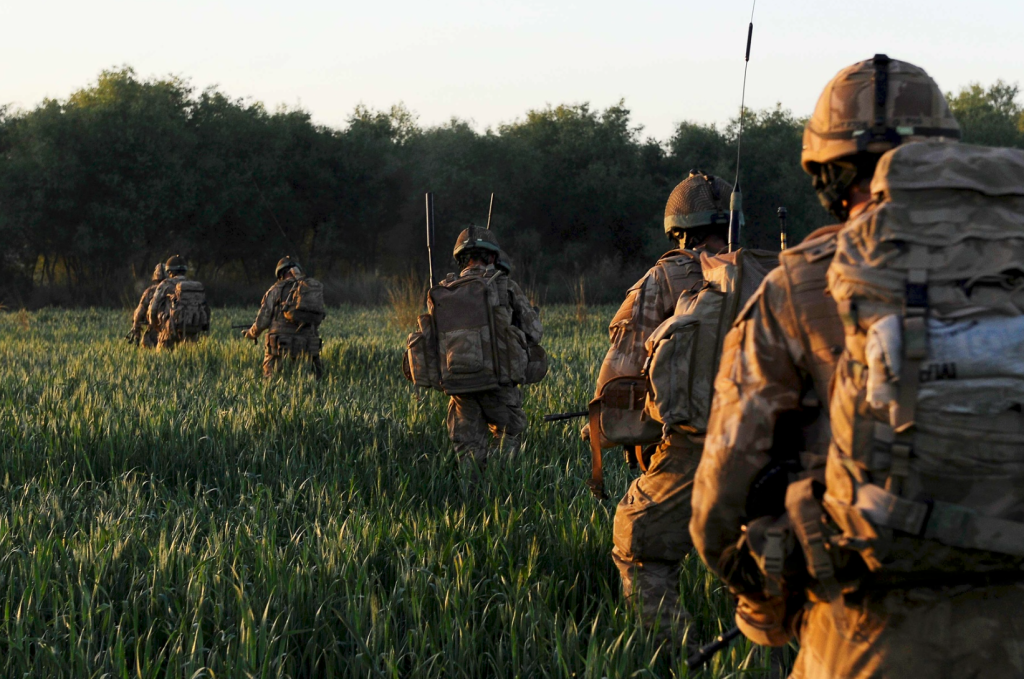

Photography was a long-time passion of AJ’s. As a young boy, AJ recalls snapping away with his father’s SLR camera and engrossing himself in the pages of NAM, a magazine with black and white photographs from the Vietnam War.
In his adult years, AJ went on extensive holidays in Uganda and East Africa, backpacking through Indonesia and photographing gorillas in the Congo. These experiences helped him explore photography, but he admits that “internally… I always felt I had nothing to back it up.” Therefore, getting a degree in photography was very important to him in moving forward with a career as a photographer.
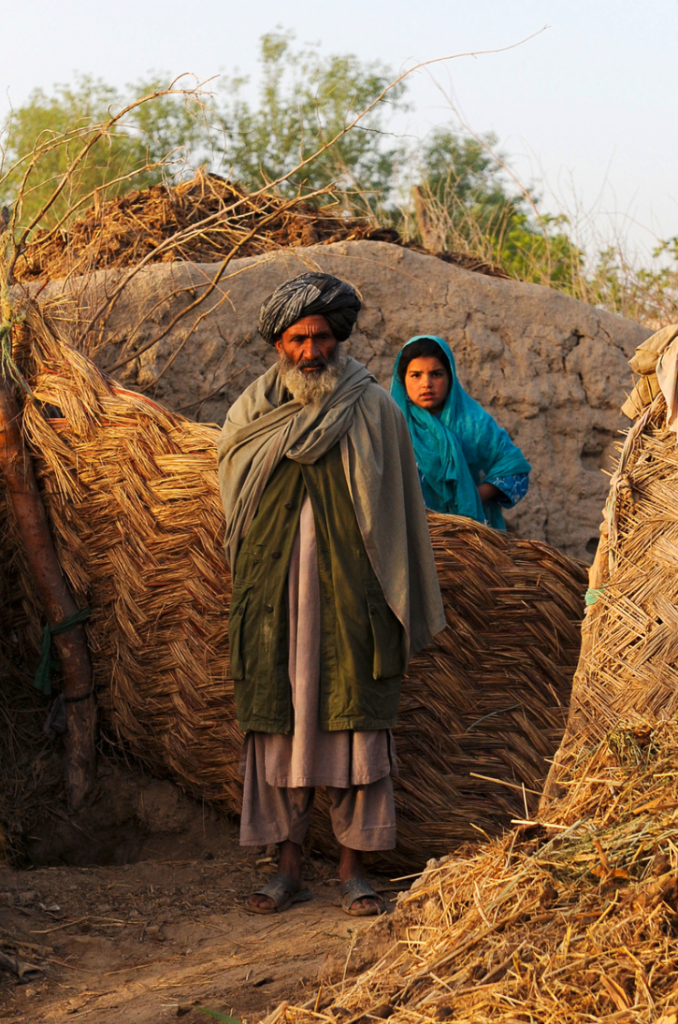

As fate would have it, AJ’s partner at the time was offered the opportunity to work at a school in Bhutan for a year. AJ’s grandfather was family friends with a Bhutanese man who often told AJ tales of the mystical land. For AJ, moving to Bhutan was a chance to revisit a childhood fantasy.
With his photography and media training, he secured a job working for the Department of Information and Media for the Bhutanese government, and so the adventure began.
Nestled between India and China in the Himalayan mountains, Bhutan is also known as the Magical Kingdom and in some cases, the last Shangri-La. Isolated in the mountains until the 1970s, the country has a rich and unique cultural heritage, but AJ knew the cultural history of Bhutan would not be the focus of his photobook.
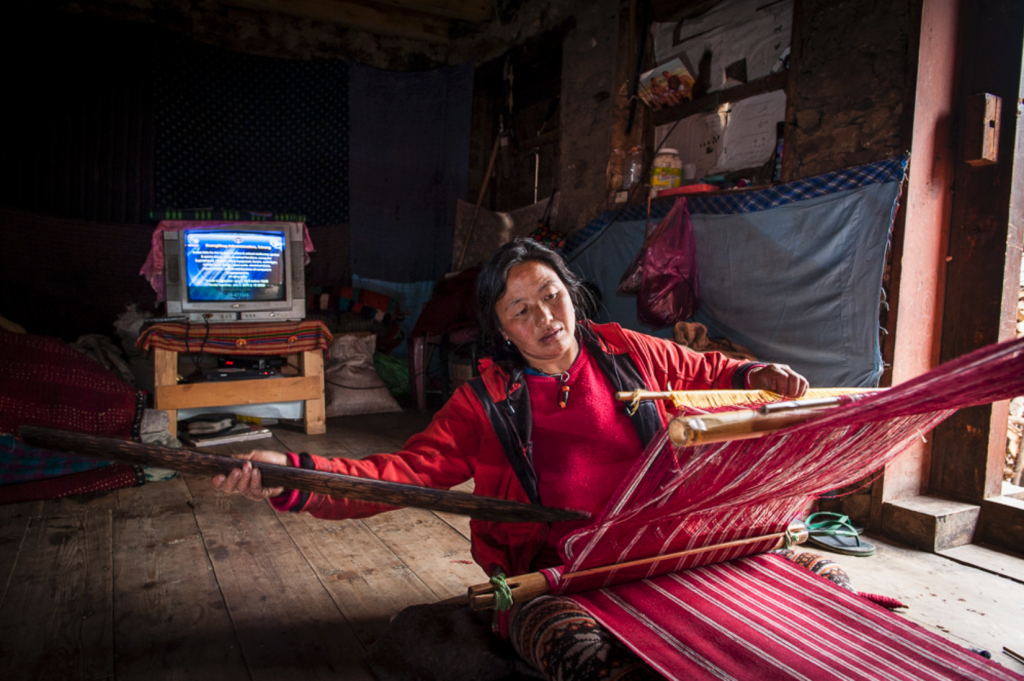
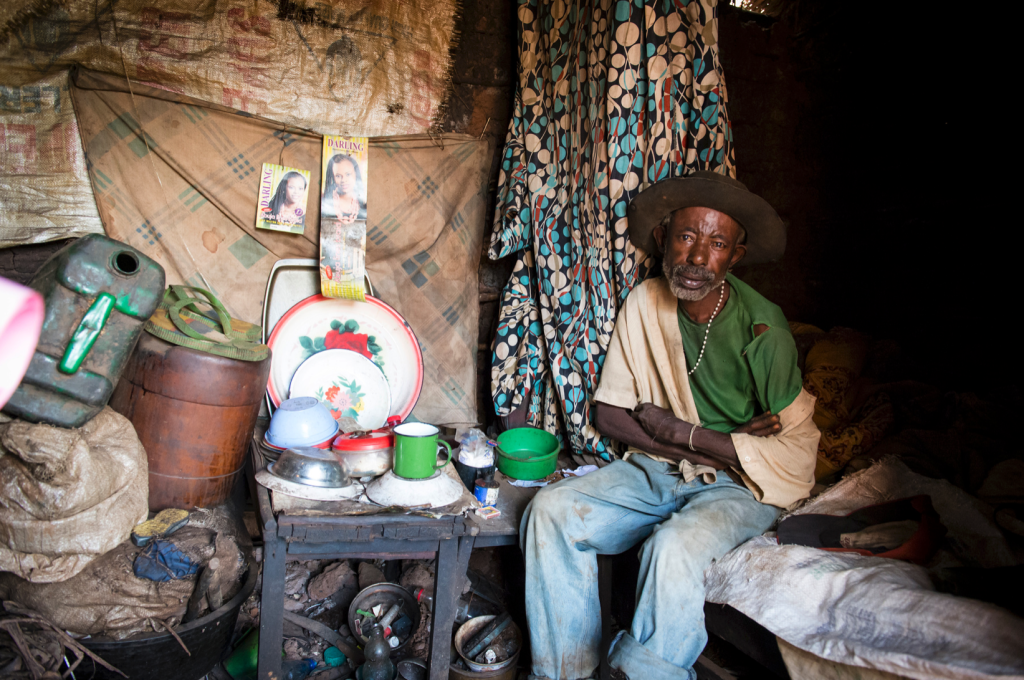
“Bhutan had probably been photographed by way better photographers than me. I wanted to find something that was Bhutan in 2015,” he says.
Immediately apparent to him was the visual clash between older generations that wore traditional Bhutanese dress and younger generations in their westernized clothing.
“On the one hand you’ve got kids going to night clubs and drinking and then on the other hand you’ve got villages that still don’t have television, or only just got electricity.” AJ felt that “Bhutan is very special country, but it’s moving incredibly quickly, and I guess I wanted to capture that.”
AJ decided that the best way, and the easiest way to capture this story was with a simple photo booth. He set up a studio with umbrellas and reflectors on the side of the street. “I invited people in to be photographed. And there were people who didn’t want to. I got turned down a lot. But the people who came in knew they were coming into your domain.”
While the photo booth may have been the easiest way for AJ to capture this story, there were certainly a few challenges. Looking back at the project he wished he could have done the project “over 10 weekends and actually tried taking it to other parts of the country.” But of course, he probably wouldn’t have gotten permission to do a project like this. All of the trips AJ took had to be approved by the immigration board.

AJ recounts, “we were in the capital city and we could only get out when we were given permission by immigration, which was refused a couple of times. One immigration officer said to me ‘you’re here to work, not see the country.’”
AJ’s frustrations with the government grew as he discovered more about how the Bhutanese government operated. He recalls a conversation at a bar one evening and another tourist said, “we aren’t seeing the real Bhutan are we?” AJ, in his own experience, picked up on what seemed like “forced culture,” or propaganda used by the government to encourage tourism.

The tourism industry in Bhutan is modeled around values of sustainability, environmental responsibility and reverence to cultural heritage. While it sounds like Bhutan have established the ideal tourism model, the reality is that tourism has serious impacts. There is tension between citizens who want further development for an increased standard of living and a tourism industry which is dependent on presenting an ‘untouched’ façade.
In AJ’s experience, Bhutan is just like the rest of the world, “we’ve all got some serious social issues, primarily problems with the youth and stuff, youth unemployment, globalization, non biodegradable rubbish and stuff like that, there problems that aren’t just affecting Bhutan, its affecting the whole world. So it’s more of a global issue, they want to hide I suppose because they want to keep it as this mystical travel destination, for tourists to go to.”

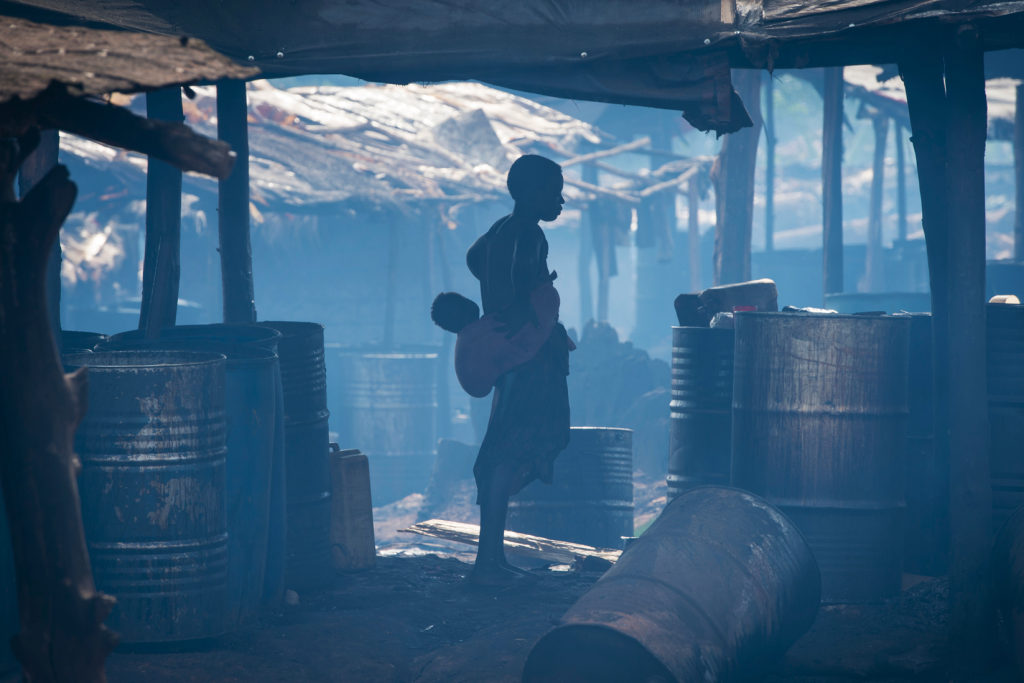
AJ understood Bhutan could hold a mirror to the rest of the world and serve as a microcosm for the values and experiences posed by globalization. He stresses that “there’s nothing bad about Bhutan, but there are certain issues that are happening all over the world that is happening in Bhutan too. And it doesn’t seem the outside media or outside world is hearing about it.” AJ’s hope is that Way of Harmony: Portraits from Bhutan can begin to facilitate that sort of conversation.
Related Reading




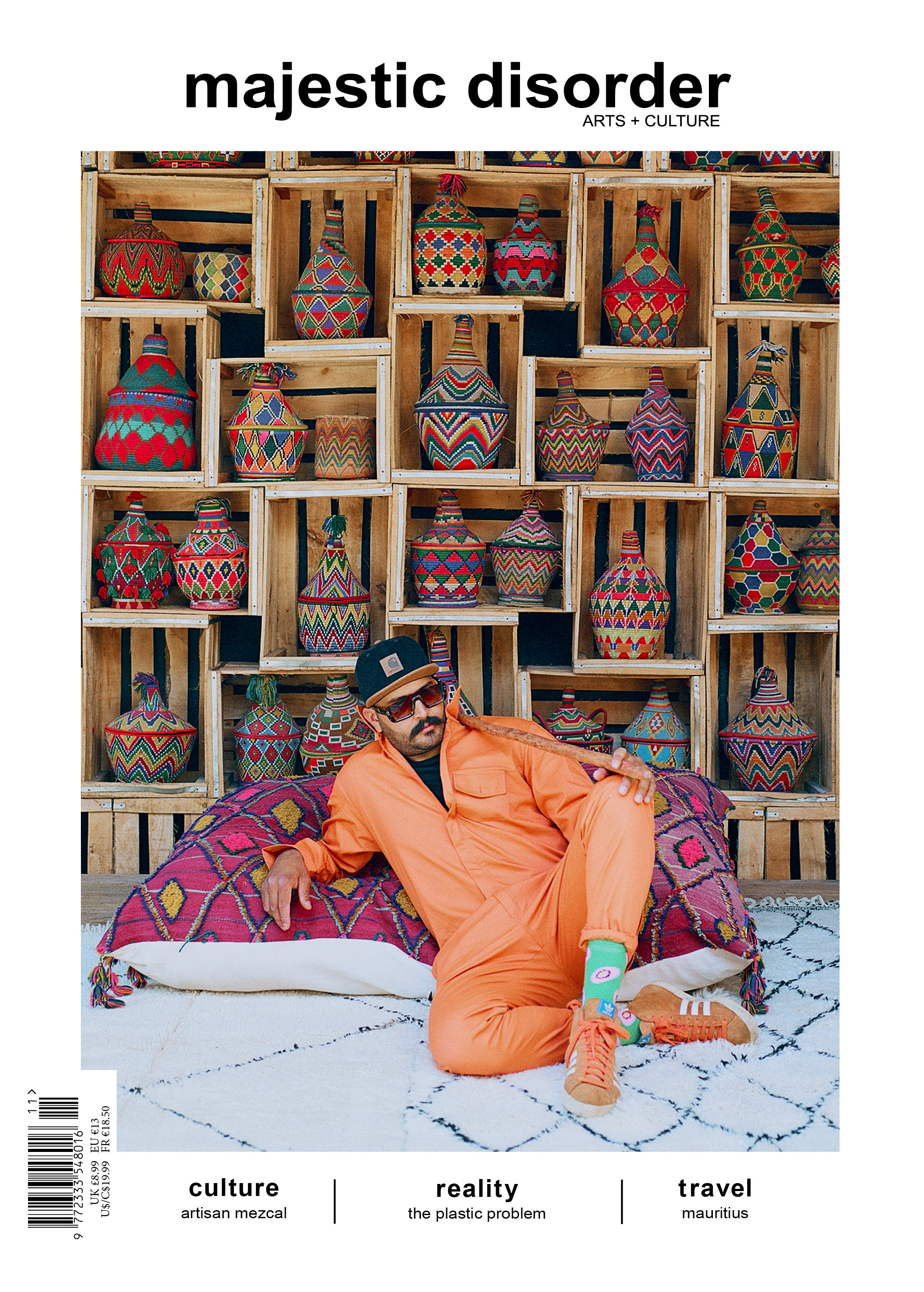

 @majesticdisorder
@majesticdisorder